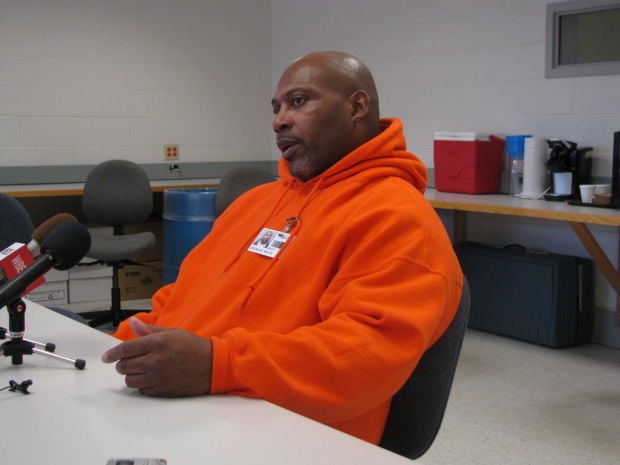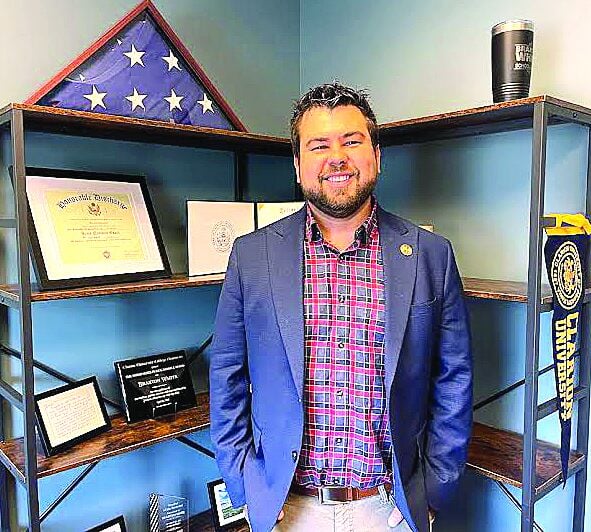Report on Early Childhood Education as a Catalyst for Sustainable Development Goals
Introduction: A Case Study in Advancing Global Goals Through Education
Jazmynne Fangmeyer, a senior at the University of Nebraska at Kearney (UNK), exemplifies a commitment to foundational education that directly supports several United Nations Sustainable Development Goals (SDGs). Her academic and professional pursuits in early childhood education highlight the critical role of educators in fostering sustainable and equitable futures.
Fostering SDG 4: Quality Education Through Inclusive Early Childhood Development
Ms. Fangmeyer’s work is a direct implementation of SDG 4, which aims to ensure inclusive and equitable quality education for all. Her focus aligns specifically with Target 4.2, promoting access to quality early childhood development and pre-primary education.
- Academic Focus: Transitioned from elementary education to the early childhood inclusive program at UNK, recognizing the critical importance of the formative years for lifelong learning and development.
- Practical Application: Gained four years of hands-on experience at UNK’s Plambeck Early Childhood Education Center, progressing from a student worker to a student teacher assistant.
- Comprehensive Experience: Her work spans the full spectrum of early childhood, from caring for infants (6 weeks old) to preparing preschoolers (up to 6 years old) for primary education by teaching foundational concepts like letters, numbers, and sign language.
Addressing SDG 10: Reducing Inequalities in Education
The inclusive nature of Ms. Fangmeyer’s training and career goals directly contributes to SDG 10, which seeks to reduce inequality within and among countries. This is achieved by ensuring that all children, regardless of ability or location, have access to quality education.
- Emphasis on Inclusivity: The UNK program’s focus on supporting all children, including those with special needs, prepares educators to create learning environments that eliminate disparities and promote equal opportunity, in line with SDG Target 4.5.
- Commitment to Rural Communities: By planning to work in rural Nebraska, Ms. Fangmeyer addresses geographical inequalities, ensuring that children in underserved areas receive the quality early education necessary for future success.
Long-Term Impact and Contribution to Broader SDGs
The career path chosen by Ms. Fangmeyer has far-reaching implications for sustainable development, demonstrating how quality early education serves as a foundation for achieving multiple goals.
- SDG 1 (No Poverty) & SDG 8 (Decent Work and Economic Growth): Providing a strong educational foundation is a key strategy for breaking cycles of poverty and preparing individuals for future decent work, contributing to overall economic growth.
- SDG 5 (Gender Equality): Inclusive early childhood education ensures that both girls and boys have an equal start, challenging gender stereotypes from a young age and promoting lifelong equality.
- Future Aspirations: Her long-term objective to become a kindergarten teacher will continue her impact on shaping a child’s future success, reinforcing the principles of the SDGs at a critical stage of development.
Analysis of Sustainable Development Goals in the Article
1. Which SDGs are addressed or connected to the issues highlighted in the article?
The article primarily addresses issues related to the following Sustainable Development Goals (SDGs):
- SDG 4: Quality Education: The central theme of the article is Jazmynne Fangmeyer’s journey and commitment to early childhood education. It discusses her training, hands-on experience, and goal of becoming an educator for young children, which directly aligns with the principles of providing quality education from the earliest years.
- SDG 10: Reduced Inequalities: The article explicitly mentions the inclusive nature of the educational program. It highlights that the “early childhood inclusive program is strong because it focuses on supporting all children in a caring environment,” including “those with special needs.” This commitment to inclusivity for children with disabilities directly connects to the goal of reducing inequalities.
2. What specific targets under those SDGs can be identified based on the article’s content?
Based on the article’s content, the following specific SDG targets can be identified:
- Target 4.2: “By 2030, ensure that all girls and boys have access to quality early childhood development, care and pre-primary education so that they are ready for primary education.”
- Explanation: The article is entirely focused on this target. Jazmynne Fangmeyer works at the Plambeck Early Childhood Education Center with children “ranging from 6 weeks to 6 years old.” Her work involves supporting their “growth and learning” and “shaping a child’s future success” by “exploring letters, numbers and sign language with preschoolers,” all of which are foundational elements of quality early childhood development and pre-primary education.
- Target 4.c: “By 2030, substantially increase the supply of qualified teachers…”
- Explanation: The article profiles a student, Jazmynne, who is in the process of becoming a qualified early childhood educator. Her enrollment in the “early childhood inclusive program” at the University of Nebraska at Kearney (UNK) and her intention to “continue working in early childhood education in rural Nebraska” contribute directly to increasing the supply of qualified teachers. The program itself, which “offers hands-on learning and experienced teachers to prepare students,” is a mechanism for achieving this target.
- Target 10.2: “By 2030, empower and promote the social, economic and political inclusion of all, irrespective of age, sex, disability, race, ethnicity, origin, religion or economic or other status.”
- Explanation: The article highlights that a strength of the UNK program is its “emphasis on supporting all children, including those with special needs.” This focus on an “inclusive program” ensures that children with disabilities are not left behind and are integrated into mainstream early education, promoting their social inclusion from a young age.
3. Are there any indicators mentioned or implied in the article that can be used to measure progress towards the identified targets?
Yes, the article implies several indicators that can measure progress towards these targets:
- For Target 4.2 (Early Childhood Education):
- Indicator: Availability of and enrollment in early childhood education centers. The article mentions the existence of “UNK’s Plambeck Early Childhood Education Center,” which serves children from infancy to preschool age.
- Indicator: Implementation of developmentally appropriate learning activities. The text describes activities like “exploring letters, numbers and sign language with preschoolers,” which serves as an indicator of a quality curriculum aimed at preparing children for primary school.
- For Target 4.c (Qualified Teachers):
- Indicator: Number of students enrolled in and graduating from teacher training programs. Jazmynne Fangmeyer is presented as a “senior” in the “early childhood inclusive program,” representing a future qualified teacher entering the workforce.
- Indicator: Integration of practical, hands-on experience in teacher education. The article emphasizes that Jazmynne “gains hands-on experience” and has been working as a “student teacher assistant” since her first semester, which is a key indicator of a high-quality teacher preparation program.
- For Target 10.2 (Inclusion):
- Indicator: Existence of inclusive curricula in teacher training. The program is specifically named the “early childhood inclusive program,” and its strength is defined by its focus on “supporting all children, including those with special needs,” indicating that inclusion is a core component of the training.
4. SDGs, Targets, and Indicators Table
| SDGs | Targets | Indicators (as implied in the article) |
|---|---|---|
| SDG 4: Quality Education | Target 4.2: Ensure access to quality early childhood development, care and pre-primary education. |
|
| SDG 4: Quality Education | Target 4.c: Substantially increase the supply of qualified teachers. |
|
| SDG 10: Reduced Inequalities | Target 10.2: Promote the social inclusion of all, irrespective of disability. |
|
Source: unknews.unk.edu







